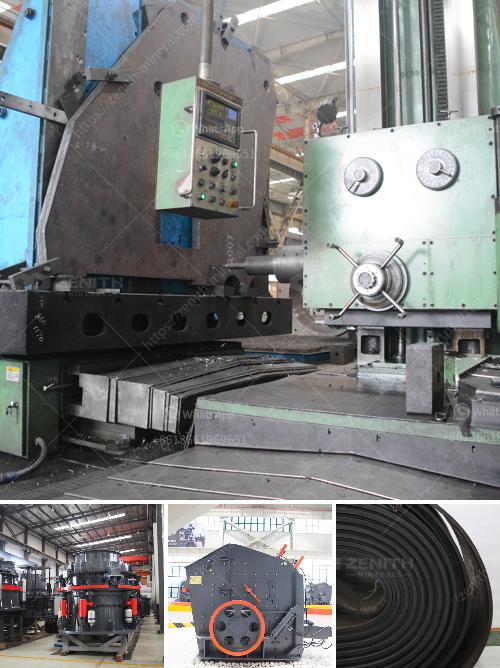Overhauling a jaw crusher is a detailed and meticulous process that involves several steps. Here’s a basic outline to guide you through the process:
-
Preparation:
- Safety First: Ensure the machine is turned off and locked out to prevent accidental start-up. Wear appropriate personal protective equipment (PPE).
- Gather Tools & Materials: You will need wrenches, screwdrivers, lifting equipment, replacement parts, lubrication materials, and cleaning supplies.
-
Disassembly:
- Remove Jaw Plates: Begin by loosening and removing the bolts that secure the jaw plates. Depending on the model, you may need special tools to handle this.
- Disconnect Power and Lubrication Systems: Detach electrical connections and lubrication lines from the crusher.
- Extract Bearings and Shafts: Use lifting equipment to carefully remove the bearings and shaft. Make sure to label or document their placements to ease reassembly.
-
Inspection:
- Check Wear and Tear: Inspect the jaw plates, liners, bearings, and toggle plates for signs of wear or damage. Replace any parts that are worn out or broken.
- Inspect Mainframe: Look for cracks, deformation, or other structural issues in the mainframe and supporting structures.
-
Cleaning:
- Thorough Cleaning: Clean all components, removing any dirt, grime, or old grease. Use appropriate solvents and cleaning tools.
- Degrease Moving Parts: Ensure moving parts like bearings and shafts are thoroughly degreased.
-
Replacement and Repairs:
- Install New Parts: Replace worn-out components with new ones. Commonly replaced parts include the jaw plates, toggle plate, and bearings.
- Structural Repairs: Weld cracks and reinforce any weak or damaged areas in the mainframe and other supporting structures.
-
Assembly:
- Reinstall Components: Begin reassembling the crusher in reverse order of disassembly. Carefully reinstall the bearings, shafts, jaw plates, and other components, ensuring proper alignment and spacing.
- Reattach Power and Lubrication Systems: Reconnect the electrical wiring and lubrication lines.
-
Testing:
- Initial Test Run: Before putting the crusher back into service, do an initial test run without load to ensure everything is working correctly. Listen for unusual noises and check for any abnormal vibrations or movements.
- Adjust Settings: Make necessary adjustments to the crusher settings to ensure optimal performance.
-
Lubrication and Final Checks:
- Lubricate Moving Parts: Apply appropriate lubrication to bearings and moving parts.
- Final Inspections: Double-check all fastenings, connections, and components to ensure everything is securely in place and operating smoothly.
By following these steps, you can effectively overhaul a jaw crusher, ensuring it runs efficiently and safely. Always refer to the manufacturer’s manual for specific instructions and consult a professional if you are unsure about any step in the process.


